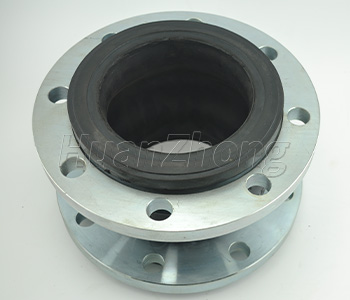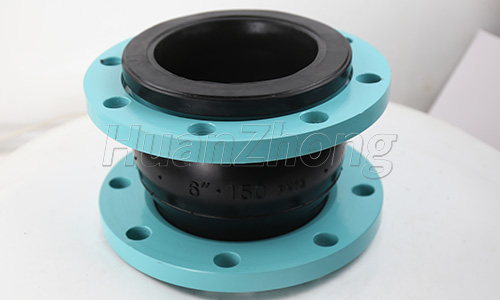Installation process of corrosion-resistant rubber joints
Installation process of corrosion-resistant rubber joints
Rubber joints are widely used in industrialization, and because rubber joints have good overall performance, they are widely used in chemical plants, construction, water supply and drainage, drainage pipes, crude oil, light and heavy industry, refrigeration, environmental sanitation, plumbing installation, fire safety and stability, electric power engineering and other basic engineering projects. The normal easy-to-use material of rubber joints is 0-60 temperature ℃ general water general water, such as oil, strong acid, strong alkali, continuous high temperature and other corrosion-resistant materials, should choose the corresponding durable material rubber joints, can not be actively mixed or general.
Corrosion-resistant rubber joints, joints applied in the self-priming pump import and export trade, should be located near the self-priming pump side, and self-priming pump in the middle should be assembled metal material size head joints, and assembly can achieve the size head size mouth effect. When the amount of pipeline movement ≥ the maximum compensation amount of the joint, the total number of corrosion-resistant rubber joints should be increased to parallel surface movement, prohibit in order to regulate the deviation of the pipeline, so that the corrosion-resistant rubber joints in the case of disturbing movement and bias, can not exceed the degree (pulling and shrinking, moving, shifting, etc.).


Single sphere rubber joint installation process: 1, single sphere rubber joint in the construction directly before the need to connect the two sides of the pipe in the horizontal surface, the installation of the single sphere rubber joint directly screwed in this section of the pipe, and then screw the other end of the pipe, always adhere to the level of the above, to ensure that the installation process is not uniform pressure and tear the rubber ball, the following hand or wrench to twist the fillet tight, to the fillet rubber 2, flange rubber joints in the construction directly before the need to connect the two sides of the pipe in the horizontal surface is put right, the installation directly to the fixed immobile end of the pipe is put right, and then let the rubber joint in the flange rotate so that the flange hole around the two ends of the alignment, Chuan on the foot bolt, screw cap, and then make the other end of the pipe flange and rubber joint in the flange Then make the other end of the pipe flange and the flange in the rubber joint align horizontally, rotate the flange in the rubber joint to make the flange mouth relative, put on the ground bolt, screw on the screw cap, and make the horizontal orientation so that the three are tightly connected to prevent the tightness.

